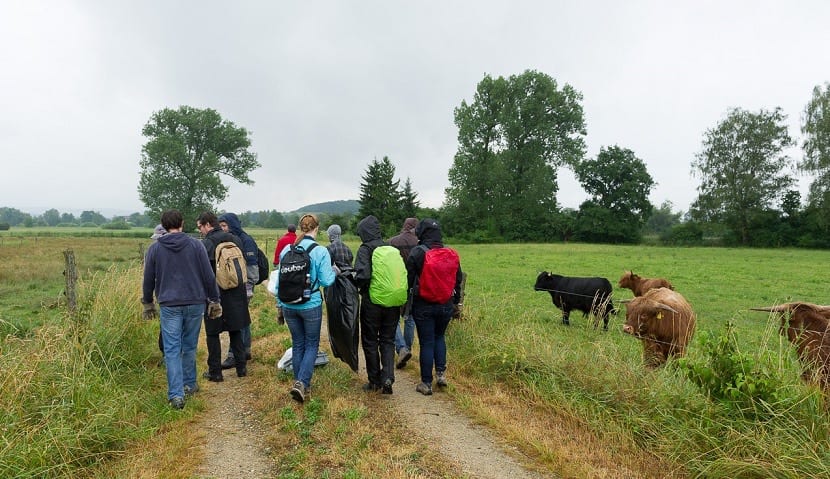
The Alps are the largest natural space in Europe, but it is also a cultural space that has been inhabited since prehistoric times (today there are about 14 million people in cities and about 60 million visitors each year). But it is necessary to take into account that the ecological balance and culture is fragile So if you want to visit Switzerland to know it or enjoy its alpine fauna, you should not disturb the wildlife, especially at dusk and dawn because that is when the animals are feeding.
Also you will need to take care of the environment thoroughly so that both animals and nature are well protected. You will have to use common sense, but if necessary you can find out about the specific and current regulations of national parks, nature reserves and other protected areas in order to have a civic and respectful behavior. But after telling you all this, I would like to tell you about one aspect that I love: about the alpine fauna and the animals that live in Switzerland.
Alpine fauna and flora
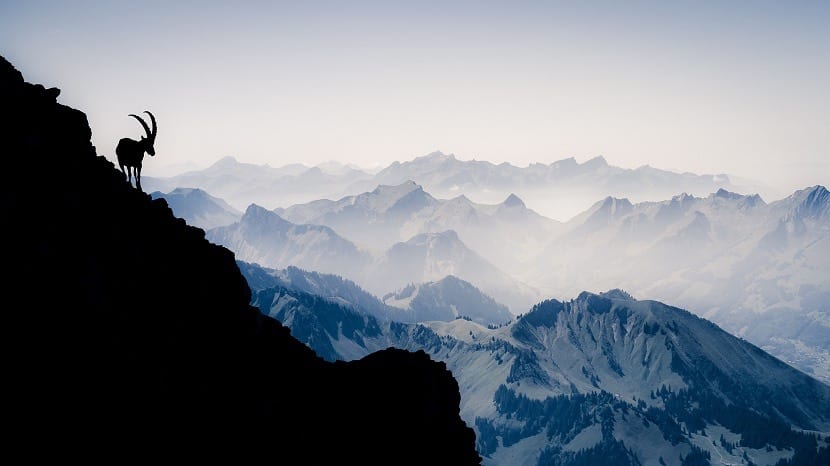
Did you know that one of the most spectacular things about Switzerland is its nature, made up of great alpine flora and fauna? That's how it is, Switzerland now has as a tourist and environmental objective to preserve its exotic plants and animals, since many of these indigenous species are threatened due to climate change.
If you are an animal lover, you will be delighted to know that if you dare to go hiking in some rural areas of Switzerland you will be able to find wild animals if you are lucky. Some examples you can find are the following as for mammals.
Alpine fauna mammalian animals
Roe deer
The roe deer, a species as a small deer It travels freely on Swiss roads, so it is easy to see if we take a drive.
Chamois
We will also have the opportunity to observe chamois, some very sociable animals, similar to a gazelle and typical of the Alps.
Mountain goat
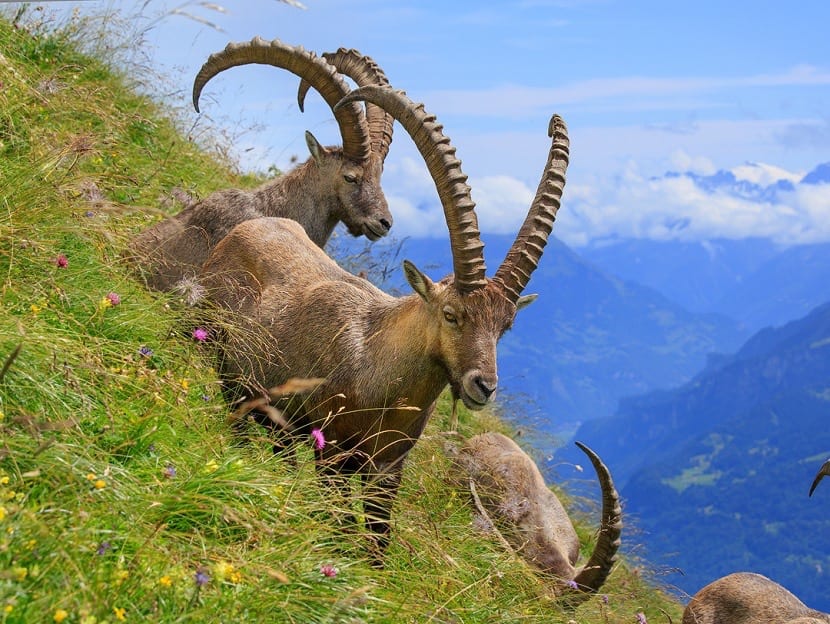
Have you ever seen a mountain goat live and direct? In Switzerland it is possible to see them transit especially in snowy and mountainous areas.
Zorros

Walking through the rural areas of Switzerland means meeting with elusive foxes. Its beauty is spectacular and will not leave you
Rodents
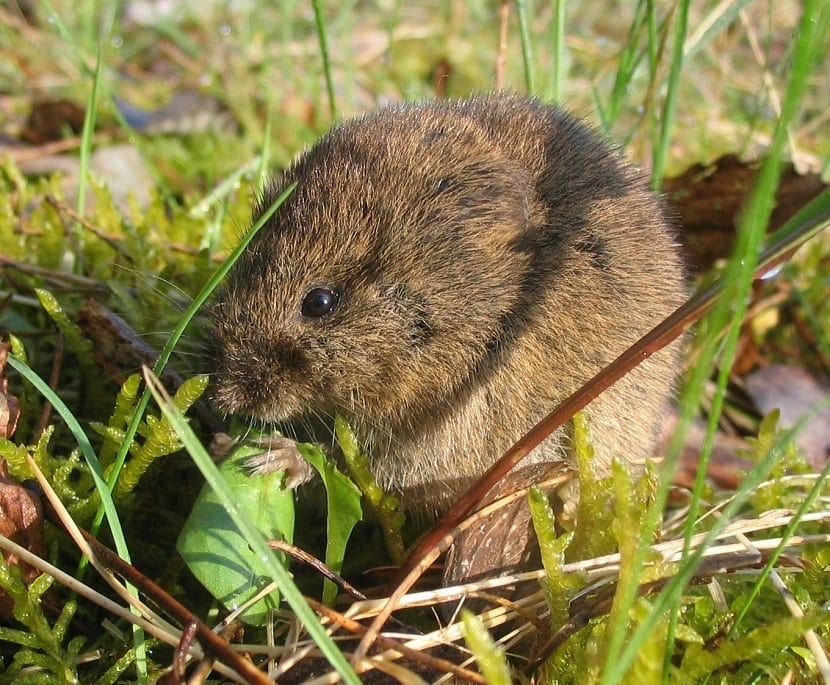
Alpine rodents such as marmots, considered the largest in Europe, and which can be seen especially during the summer season.
Hares
Within the Swiss fauna we also find agile and skittish hares. Although the free will be quite difficult to see because they are fast and are very afraid of people.
Brown bears
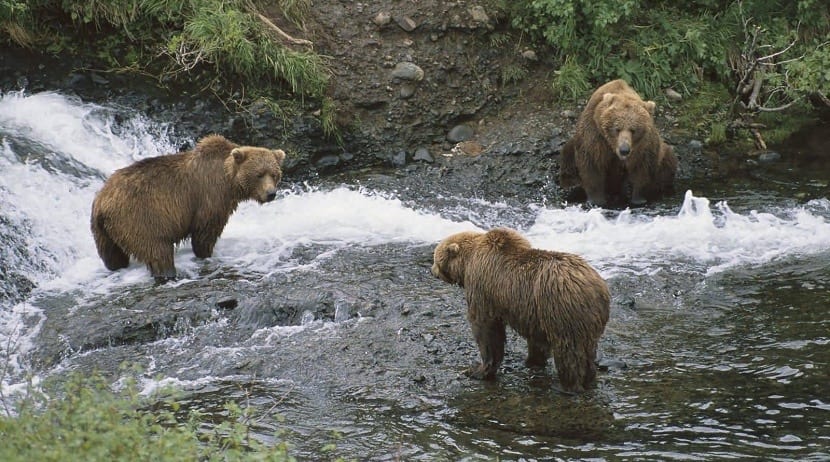
You could also meet imposing and carnivorous brown bears, which were believed to be extinct since 1904, however less than 5 years ago, they seem to have bred again.
Oviparous animals of alpine fauna
You can also find birds, spectacular birds that you will not be able to forget in your mind. Some of the ones you can find are:
The Eagles
Among them we can find the predatory birds of prey known as eagles, which nest on the tops of the highest mountains in the country. Without a doubt, seeing them fly is an event because their wings they measure no less than 2 meters minimum.
Among other species that can be observed through ornithological tourism we find vultures, crows and crows. Finally we tell you that Swiss rivers are home to fish such as trout and also reptiles can be found.
Are there dangerous animals in the Alps?
But if you are one of the people who likes to go out on the trail to walk or venture into areas that are not guarded, you should know that there are large predators in the Alps. The big ones predators seem to be returning to the Alps Europeans after being almost totally eradicated in the XNUMXth century.
Few animals
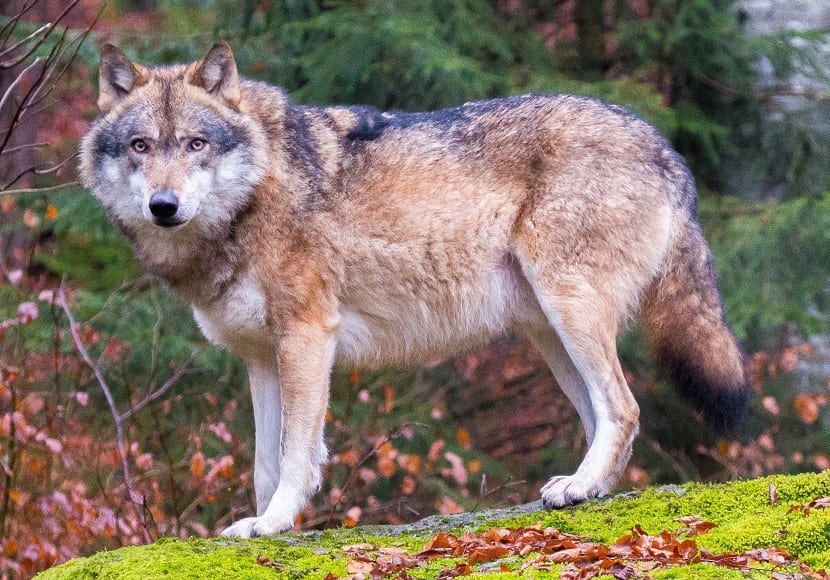
For example, the bears of the eastern Alps, the wolves of the western Alps, the lynxes ... but although they exist they are not in great numbers since for example there are less than 50 wolves and bears. There are just over 100 established lynxes and they will normally hide from anyone.
Don't go near them
But even if the animals want to get away from you or you don't see them because they hide, it is necessary that you do not try to get close to wild animals (not to mountain goats, chamois, marmots, etc.) because it is not comfortable for them and you must respect that they are in their natural habitat and the guest is you, not them. You may see some wild cows and they will most likely look impressive, but you should also keep your distance.
White dogs
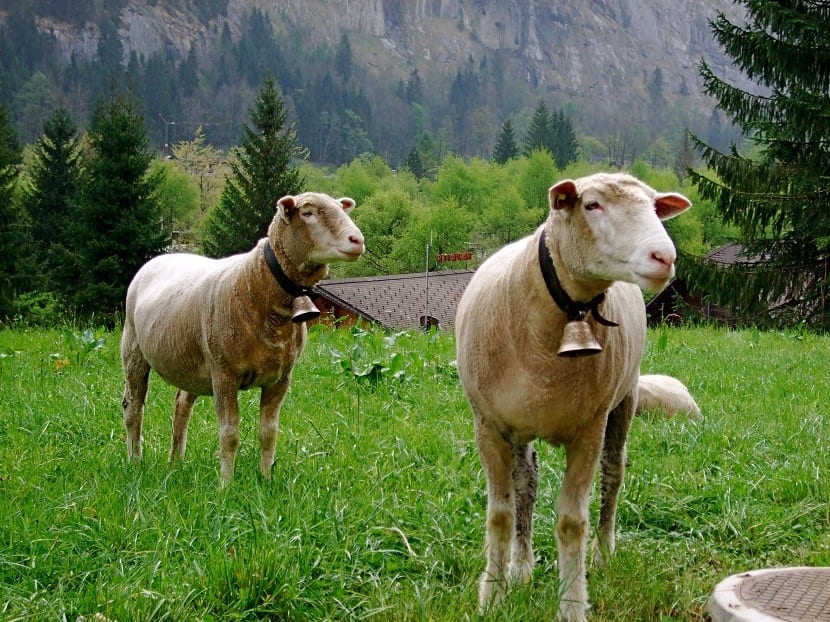
There are white dogs that are trained to protect flocks of sheep from attacks by stray dogs or wolves. But white dogs can be quite aggressive if you decide to approach a flock of sheep., so it will be necessary to make a detour to avoid them and do not make the sheep nervous, stay calm and never threaten the dog in any way because it could be dangerous.
There is rabies in dogs, foxes and bats
Rabies exists among the animals of Switzerland, especially in dogs, foxes and bats, although they are really isolated cases. But if you get bitten by a dog you will have to seek medical help as soon as possible.
Poisonous snakes
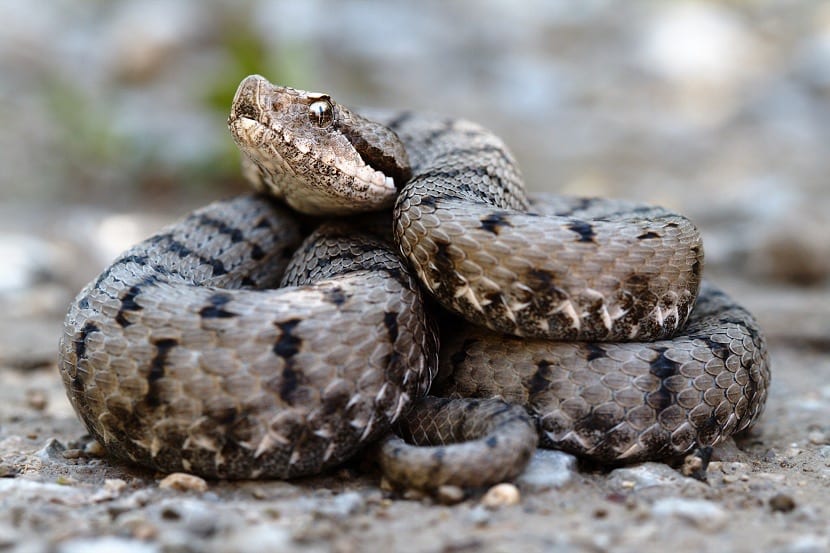
There are two types of poisonous snakes in the Alps: the aspic and peliad vipers, they are recognizable by their ellipticals and their vertical shape. But the snakes they only attack if they feel threatened or if they are being surprised, so you will have to look very well where you step before sitting on the ground or in a rocky area. If you are bitten by one of these snakes you should immediately seek medical help, because although there is no danger of death for adults, the venom must be extracted or analyzed by medical personnel.
Smaller animals: ticks
You should also bear in mind that there are other small alpine animals that you should take into account: ticks. Some of these ticks carry diseases like Lyme disease (borreliosis). You should inspect your body every night after hiking and eliminate any that you find. If they are itchy or inflamed, you should see your doctor.